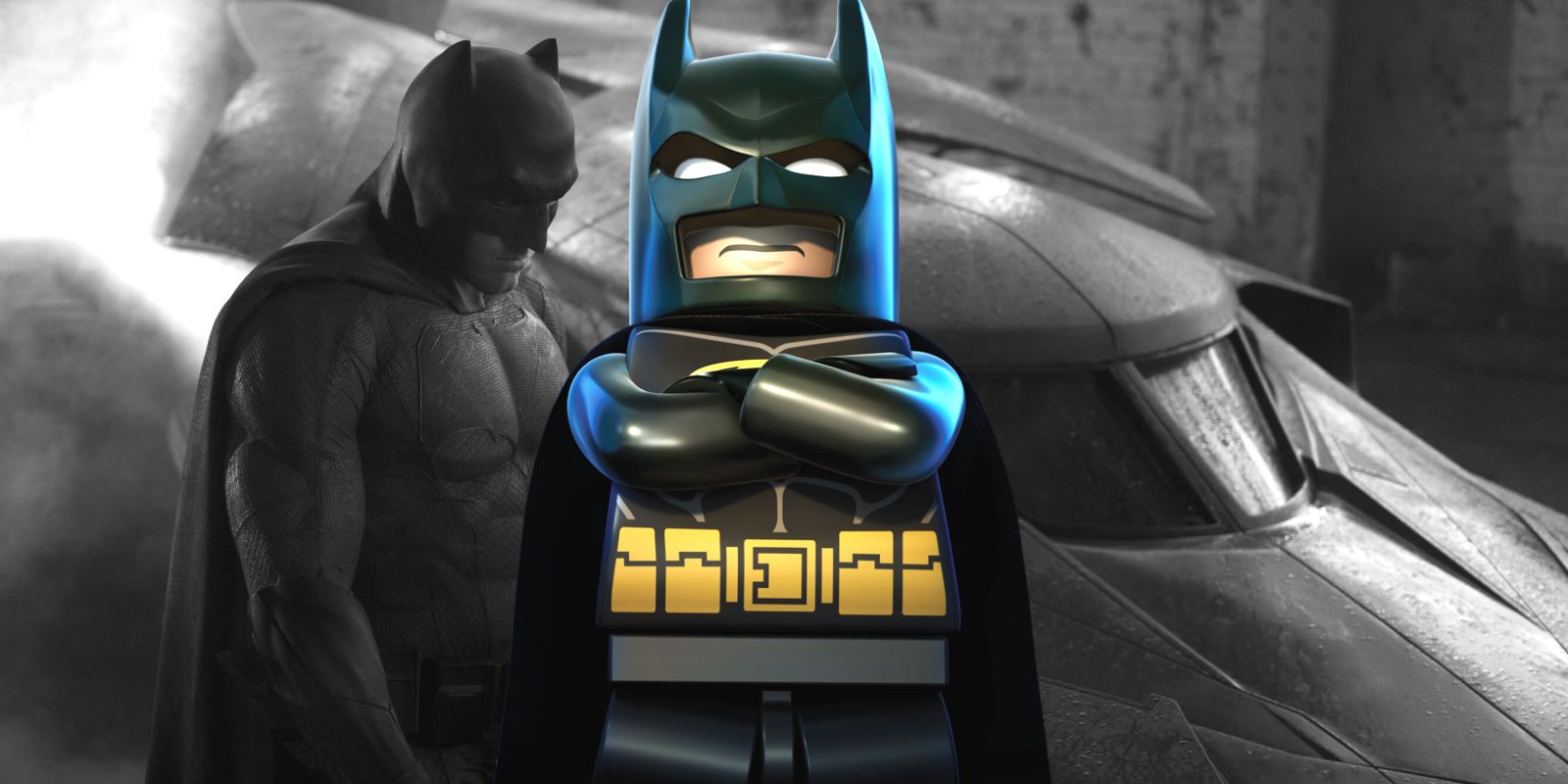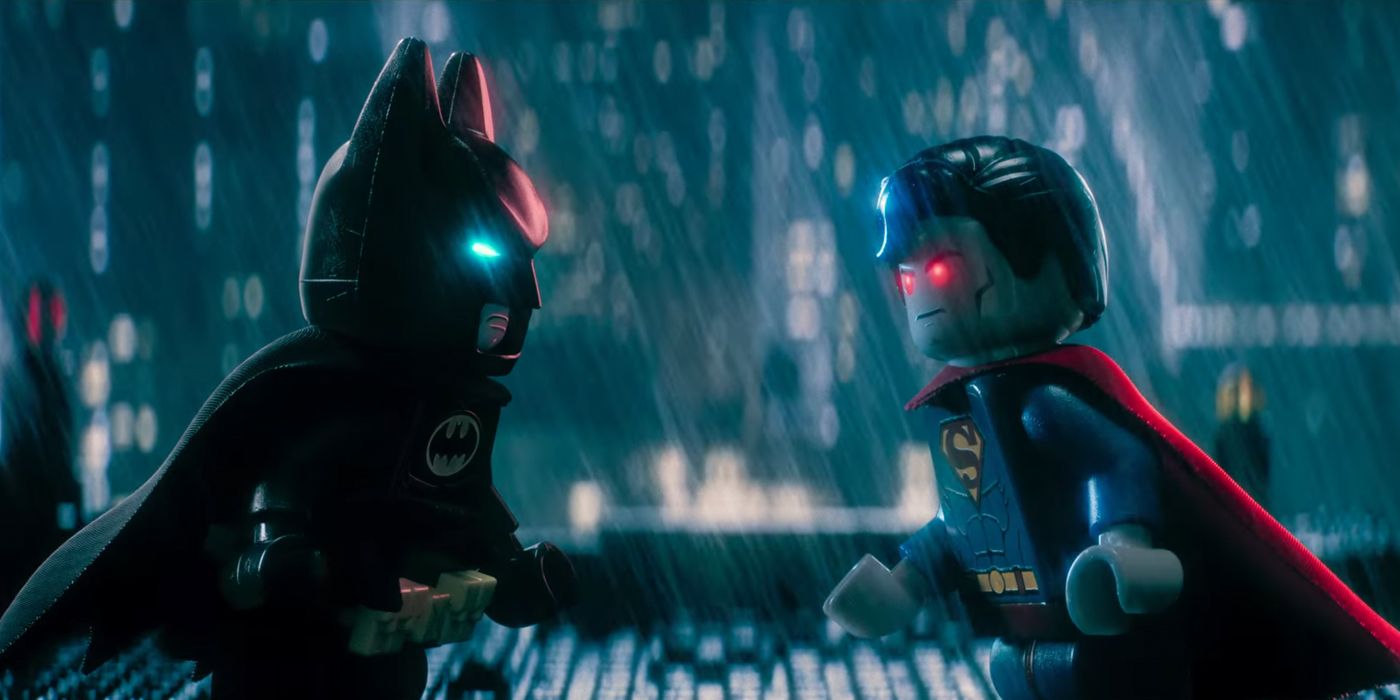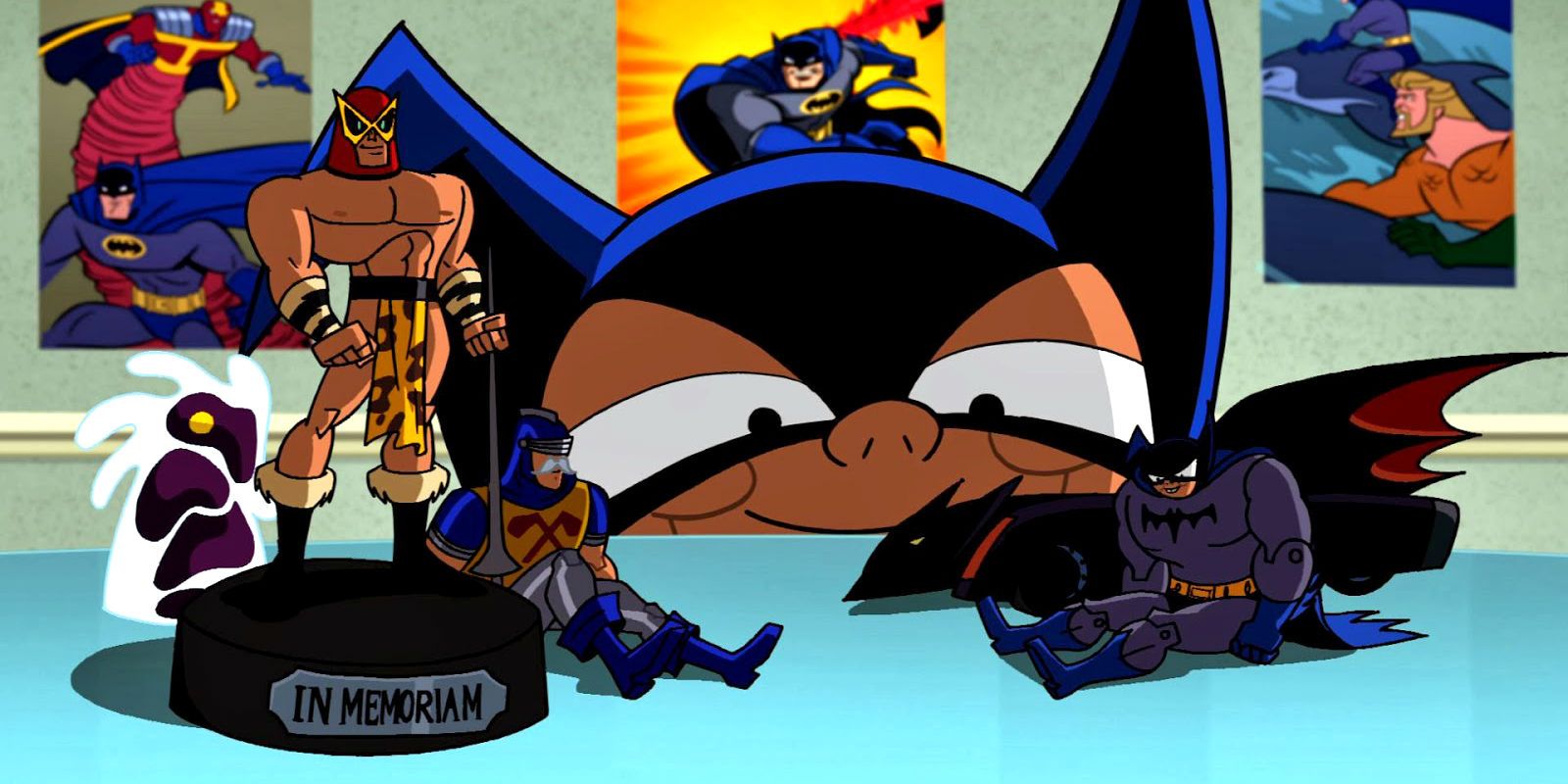When The Lego Movie was greenlit by Warner Bros. in November 2011, many (understandably) dismissed the project as a shameless cash grab, not unlike many nostalgic cartoon favourites from the 1980s such as the Gummy Bears show or even Transformers. Expectations remained low until its release, whereupon it was met with near universal critical acclaim and grossed just under $470m worldwide.
The genius of the Lego format, as deconstructed and lampooned by the film's directors Phil Lord and Christopher Miller, is the expanse of creative opportunities offered by the literal world-building concept. A continuation was inevitable, but even fans of the film expressed hesitation at the decision to spin off into the Lego world of Batman, as voiced by Will Arnett in the first film. After all, DC already had a major franchise headlined by the world’s greatest detective, and placing the character in such a story could potentially be limiting. Fortunately, it seems that those expectations have been surpassed yet again, as The Lego Batman Movie currently sits at 97% on Rotten Tomatoes. In contrast, Batman V Superman: Dawn of Justice has a critical rating of 27%. The difference is stark and surprising, but the success of Warner Bros.’ Lego ventures also offers a valuable creative opportunity for the DC universe.
The Lego Batman Movie is a story keenly aware of its history. Decades of adaptations and characters from the comics, cartoons and films are mentioned throughout, iconic adversaries are examined and played around with, and close to 80 years of expansive universe-building is turned into a manic frenzy to re-enact the most hilariously outlandish of tales - ones that even the comics would never touch, but fans always secretly wanted. In many ways, the Lego series offers the ultimate playground for fans and storytellers alike - unbound by the limitations of a precisely planned extended universe, and free to tinker with every idea, character or plot available.
Much of the success of the Lego take on Gotham's finest lies in its depiction of Batman himself. Bruce Wayne's origin story is one of the most well known stories in pop culture, and one fans have seen retold countless times over every Batman project to the point of fatigue, as the films have continued down a darker, more adult-oriented route. In yellow brick form, Arnett as Batman gleefully pokes fun at the tropes while still offering a genuine take on the character. Bruce is a millionaire playboy who dresses as a bat to fight crime and mask his loneliness, and the Lego series understands the inherent silliness of that concept, even as the live action movies take it completely seriously.
Batman as a comedy, or at least a story with a comedic slant, is something that’s been part of history for decades, and part of a fan backlash for the same amount of time. The 1960s TV version of Batman, starring Adam West, is now a camp classic, but during its original airing many fans were offended by the character being reduced to such silliness. This trend continued in the late 90s, when Joel Schumacher added nipples to the batsuit and had Schwarzenegger firing off puns about ice. These major character shifts were both swiftly followed by reactionary swings back into that darker tone. As noted by Glen Weldon in his book The Caped Crusade: Batman and the Rise of Nerd Culture, the 1970 comics reboot of Batman that followed the brightly colored capers of the TV show took a “great inward turn” and became a grittier procedural that signalled how “the industry would abandon the kids’ market and come to depend entirely upon hardcore fans and collectors.”
Thankfully, humor since has found its way back into the world of Batman. The Lego Batman games won acclaim with their family-friendly worlds, and the wonderful animated series Batman: The Brave and the Bold brought some much-needed vibrancy and silliness to the character by using the 60s show as its template. The tone is decidedly lighter but no less effective in its retelling of some of the character’s most famous stories. The show even broke the fourth wall to direct the goofy tone and its place in the Batman canon, with Bat-Mite telling a room full of angry fans:
"Batman's rich history allows him to be interpreted in a multitude of ways. To be sure, this is a lighter incarnation, but it's certainly no less valid and true to the character's roots than the tortured avenger crying out for mommy and daddy."
This richness and flexibility of the world of Gotham is key to the longevity of its popularity, and one of the reasons why the DCU benefits from the inclusion of the Lego world. There are a multitude of ways to do Batman, as well as every other character in the DC Comics universe, and all of them are interesting and legitimate takes on the lore.
Through the Lego franchise, Warner Brothers and DC have major opportunities to reach a new, younger audience not catered to by their tent-pole franchise – an audience that has proven to be incredibly profitable in the past, as demonstrated by the box office of The Lego Movie – but they can also continue the tradition of the Batman and DC legacy itself by showcasing the world to its full potential. The Snyder-directed world of Batman and Superman has many fans and the box office receipts to back it up, but it’s also decidedly not for younger children, so why not give them their own Batman as well?



